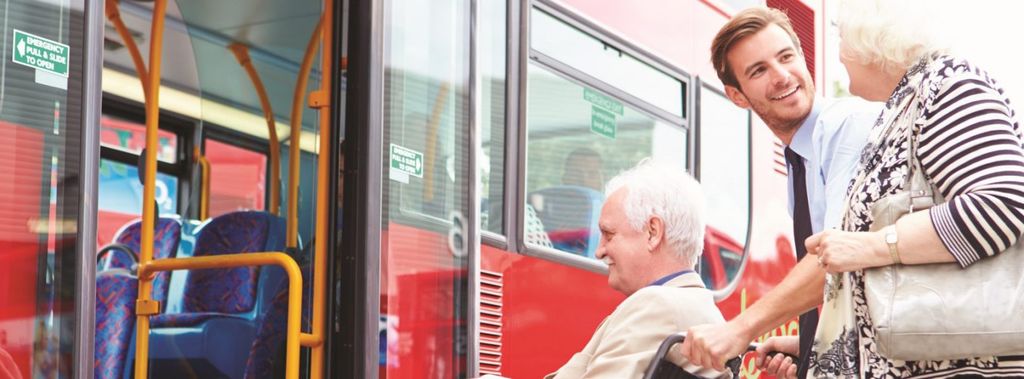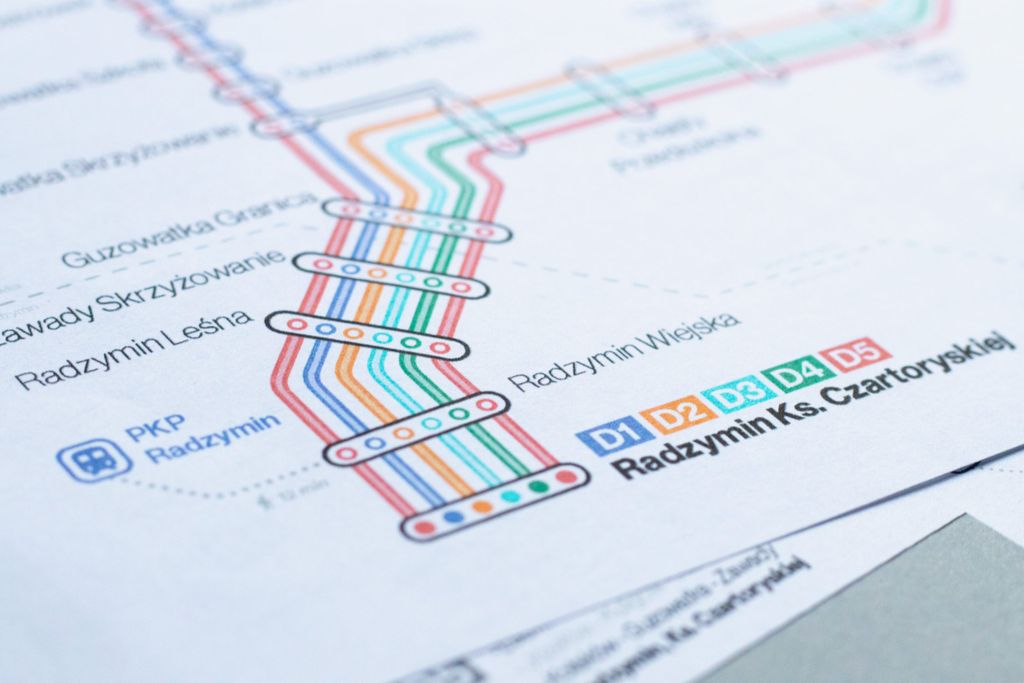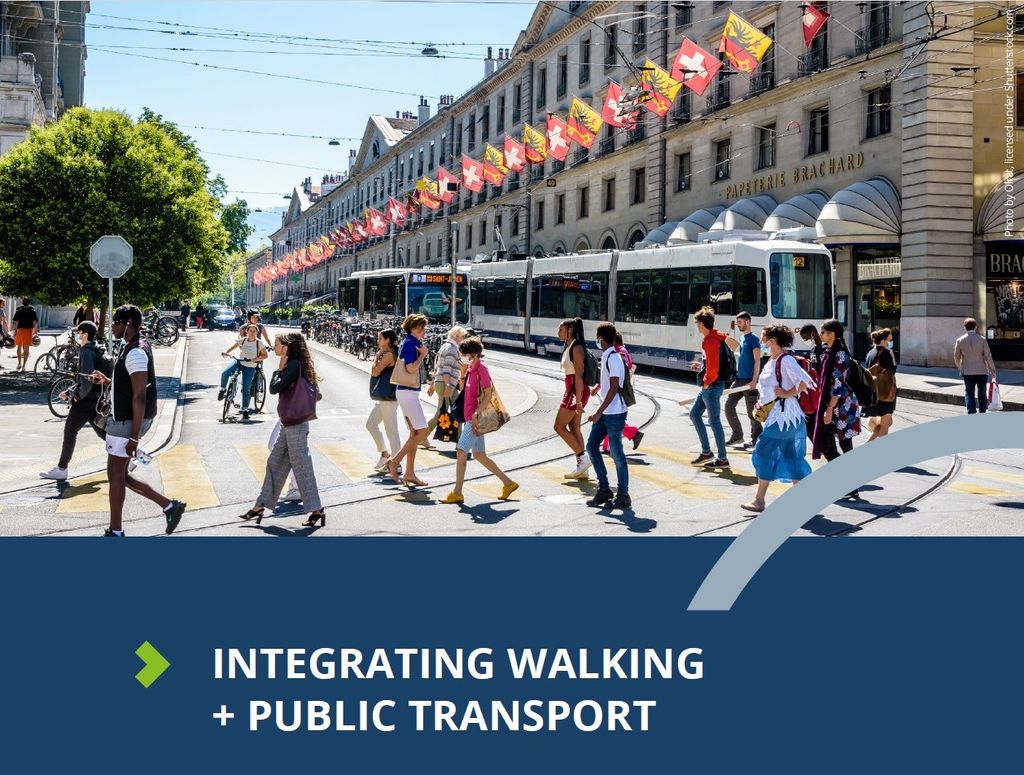
The Importance of Public Transport Accessibility and Social Inclusion
One of the most important issues of public transport nowadays is how to make it inclusive and accessible for people with all levels of abilities.
Public transport is at a turning point in its history, where it must find a way to transition from a traditional service moving masses of people, to a service offering customised solutions. Customers expect a safe, inclusive, profitable, and multimodal experience, offering personalised services.
Tackling mobility issues encountered by customers, whether they relate to geographical, physical or social conditions, is one of the main focuses of public transport companies and governments, as mobility is a key factor for economic and social integration. The issue needs to be addressed as, according to sociologist Vincent Kaufmann, mobility is an “unavoidable dimension of inequalities”.
- 15%
of the global population suffers from some sort of disability
- 750 million
people have difficulty reading or writing
- 80%
of people with disabilities that are willing to work, remain unemployed
Accompanying the disabled
About 15% of the world’s population suffers from a disability, a proportion that is expected to increase, particularly as the population ages. The United Nations Convention on the Rights of Persons with Disabilities makes it obligatory to make transport accessible to persons with disabilities so that they can participate in society “on an equal basis with others”.
To allow disabled users to experience mobility more easily, public transportation facilities should offer a design that:
• Is adapted to people with diverse abilities,
• Is easy to understand, regardless of the user’s experience, knowledge or language skills,
• Communicates necessary information effectively, regardless of the user’s sensory abilities
• Can be used efficiently and comfortably and with a minimum of fatigue
• Ensures an appropriate size and space is provided for approach, reach, manipulation.
One good practice example is ‘Aubin’: an app designed to improve rail journeys for people with autism by using stress related preferences, rather than time or cost, to help the user reach their destination.
The widespread use of smartphones is a powerful vector of innovation: digital accessibility is not only an accessory but an essential component of accessibility to public space. However, many mobility services today are offered to customers through digital channels, leaving some, literally, at the side of the road. This is a critical point for seniors, often disoriented by the widespread digitisation of society, but also for people who do not have the financial means to get a smartphone.
Mobility for the elderly
Enhancing the elderly’s experience of mobility is not only about digital training. Improving the design of seats, installing more supports, clarifying the signage can also improve their experience.


Having signage that is adapted to illiteracy
14% of the world’s population (750 million people) cannot read or write, or have difficulty with both activities. To tackle that, different approaches have been applied. For example, in the Melbourne subway, the stations have been numbered and renamed by a word related to the visible urban environment (a specific monument identified by all, for example). The map becomes more concrete and clearer for all audiences.
In Prague, 100% of the information communicated by the DPP is accessible via several sensory channels, and the DPP’s website is accessible for people with visual impairments. All metros, trams, buses and stations are equipped with visual navigation tools and audio announcement systems.
These, and many more initiatives, prove that accessibility and inclusivity are important topics which need to be tackled in the field of mobility nowadays. Making public transport all-inclusive is the ultimate goal which can hopefully be achieved in the near future.
Discover more about public transport and accessibility
Accessibility is crucial for public transport, and public transport is crucial for sustainable cities. To better understand the topic, UITP has gathered all accessibility content on one page.
Contact
UITP

become a member









